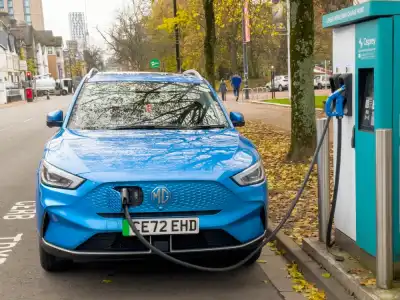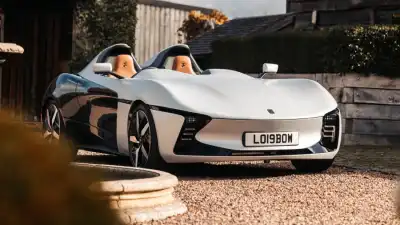That cyclists “always ride on the pavement” is a standard complaint, from both motorists and pedestrians. Cycling on the pavement is, indeed, forbidden but what’s a pavement? It’s not as clear cut as you may think. In England and Wales, the “pavement” is the “footway”. A footpath, on the other hand, is a rural path away from a road. OK, smartypants, so why do cyclists ride on the footway? They shouldn’t, it’s an offence, and was made so before bicycles even existed! The offence is “driving” on the footway, dating from the 1835 Highway Act, and it originally prevented “driving” a horse and carriage on to the footway. Bicycles were classified as carriages in 1879 and were included under the same 1835 law (bicycles are still classified as carriages, which may seem daft but it allows cyclists full and free access to all roads, except motorways). The 1835 Highway Act was extended to motorists in 1903. This is the reason why motorists must not drive or park their cars on footways. Parking half-up-on-the-kerb may be considered normal but it’s the same offence as cycling on the footway.
Not all “pavements" are the same. When a motorist (or pedestrian) sees a cyclist pedalling on the pavement/footway/whatever the cyclist may, in fact, be riding on a “shared use” path. This can be confusing for all concerned. It’s common for a footway to turn into a shared-use path and for the signage to be poor or non-existent. And when the official stretch of shared-use path has come to an end it’s often not clear this is the case. Such mixed-use paths often look identical to footways. When footways no longer adjoin roads they turn into footpaths – cyclists have no explicit right to be on these paths but can only be sued by the landowner for any damage they do (which is likely none). Local authorities also make such paths into “shared use” spaces, again leading to confusion. Why do local authorities create “shared use” paths? It’s cheap and easy. It usually just involves slapping down a bit of white thermoplastic paint and erecting a blue sign here and there. This a lot less expensive than installing separated infrastructure for cyclists, pedestrians and motorists. So, it’s a cop-out? Yup. And cyclists then get the blame for “cycling on pavements” when, in fact, they might not be on footways at all. Shared use paths are sometimes divided with a white line but pedestrians are under no obligation to stick to “their” side of the path. This makes using shared-use paths a potential nightmare for all concerned.
Going back to the 1835 Highway Act, it’s worthwhile reciting part of Clause 72 because it remains in force:
“If any person shall wilfully ride upon any footpath or causeway by the side of any road made or set apart for the use or accommodation of foot passengers or shall wilfully lead or drive any horse, ass, sheep, mule, swine, or cattle or carriage of any description, or any truck or sledge, upon any such footpath or causeway or shall tether any horse, ass, mule, swine, or cattle, on any highway, so as to suffer or permit the tethered animal to be thereon…[then an offence has been committed].”
The key phrase is “carriage of any description”. Remember, bicycles are carriages in the same way as motor vehicles are carriages. The operators of carriages have equal “road rights”, that is, having the right to pass and repass over the public highway. Stopping for any length of time is a grey area, with a mishmash of laws, and the parking of a carriage is also caught up in a swirl of conflicting legislation.
However, the 1835 Highway Act is clear: carriages must not “ride upon any footpath or causeway by the side of any road.” As well as shouting at cyclists for “riding on the pavement” perhaps motorists and pedestrians should shout at those motorists who park on pavements? However, drive down almost any suburban street and you’ll see plenty of cars parked either wholly or partially on the infrastructure meant for pedestrians. It’s an odd society that harangues one road user group for committing the same offence that another commits with impunity.
Carlton Reid is the executive editor of BikeBiz.com. He drives a Nissan Note "but not very often." He's writing a history book on motoring's cycling beginnings, Roads Were Not Built For Cars.




